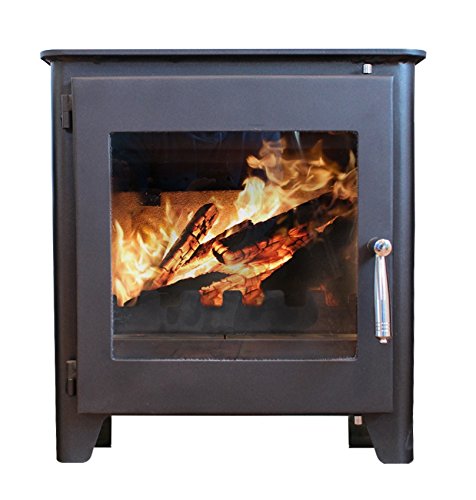What to Look For in a Wood Burner Clearance Sale
Efficiency
When looking for a sale on wood burners, take into consideration the effectiveness of the appliance. The efficiency of a wood burner is the amount of heat that is absorbed into your home rather than going up the chimney. This directly affects how much firewood you buy and how often you burn it. EPA certified stoves must display the efficiency of their combustion and overall heating. To get the most bang for your money, search for a wood stove that has an EPA-certified overall efficiency of at 70% or more. A higher efficiency means less waste and you'll save money on fuel. This means less time cutting and stacking wood as well as fewer trips to your pile of wood in winter snowstorms. This means you'll have more time with your family around a warm fire.
Safety
Most wood stoves sold today have undergone safety tests. Stoves that haven't been tested include stoves purchased secondhand or antique stoves as well as stoves made in small, informal welding workshops. Most insurance companies refuse to cover homes with uncertified appliances.
Best wood burning stoves that has been certified will be marked with an indication of the minimum distance between the stove and combustibles such as walls and furniture. This information is also provided in the instructions for installation provided by the manufacturer. In addition, the manufacturer's test results will indicate whether the stove meets the requirements for fire resistance.
Even with the right clearances, the wood-burning tools could be hazardous. Never leave children alone in a room that has wood burning equipment. They can be extremely hot and can cause burns to skin and clothing in just a few seconds. Make sure to disconnect your device when you are not in use.
Safety in the kitchen isn't just about construction materials. It also includes cleaning products and rags kept close to a stove. Keep curtains, blankets and throws away from the stove's open space.
With the use of shielding, you can decrease the clearances listed above. Always consult the manufacturer to determine the recommended clearances. Consult your local building inspector or officer when you're unsure whether the shielding material you choose is suitable. They can confirm that it's in line with current fire safety standards. Installing carbon dioxide and smoke detectors around the stove is a good choice.

